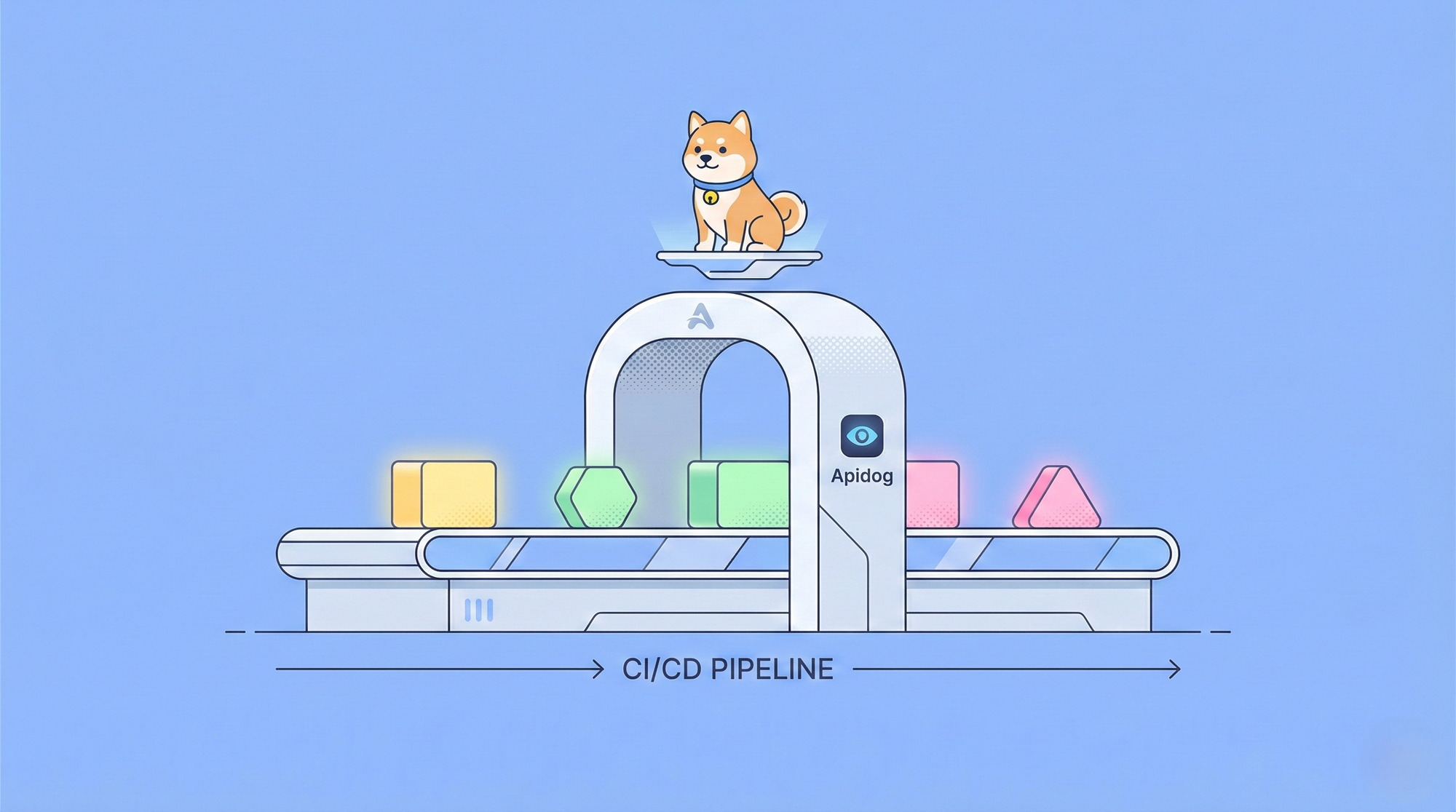Efficiently converting documents between formats is a critical need for developers, content creators, and businesses alike. Markdown, with its simplicity and versatility, has become a go-to format for documentation, blogs, and lightweight content management. Enter MarkItDown, an open-source Python tool crafted by Microsoft to transform a variety of file types—such as Word documents, PDFs, and more—into Markdown. However, for those seeking to integrate this capability into broader systems or workflows, MarkItDown MCP steps up as a game-changer.
MarkItDown MCP, a server built atop the MarkItDown library, exposes a robust API that enables seamless file conversion over the network.
Understanding MarkItDown MCP
So, what exactly is MarkItDown MCP? MarkItDown MCP is a server-side solution that extends the core functionality of the MarkItDown project. While the base MarkItDown tool operates as a command-line utility or Python library for local file conversions, MarkItDown MCP takes it further by offering a RESTful API. This API allows users to send files to a server, convert them to Markdown, and retrieve the results—all without needing to install conversion tools locally.

Hosted within the broader MarkItDown ecosystem on GitHub, MarkItDown MCP leverages the same powerful conversion engine but packages it into a network-accessible service. This makes it ideal for scenarios where multiple clients, applications, or automated scripts need to perform conversions without duplicating the setup. In essence, it bridges the gap between local conversion capabilities and scalable, API-driven integrations.
The Inner Workings of MarkItDown MCP
To grasp how MarkItDown MCP functions, let’s break it down technically. At its heart, the server relies on the MarkItDown library to handle the heavy lifting of file conversion. When a client sends a request—typically via an HTTP POST—the server accepts the file, processes it using the appropriate conversion module, and returns the Markdown output. This process is both efficient and modular, supporting a wide array of input formats.

API Mechanics
The API operates on a RESTful architecture, meaning it uses standard HTTP methods and endpoints. A typical workflow might look like this:
- Upload: A client sends a file (e.g., a
.docxor.pdf) to an endpoint like/convertusing a POST request. - Processing: The server identifies the file type and invokes the corresponding converter from the MarkItDown library—such as
mammothfor Word documents orpdfminerfor PDFs. - Response: The server returns the converted Markdown text, often as plain text or JSON, depending on the configuration.
Technical Dependencies
Under the hood, MarkItDown MCP taps into several Python libraries to support its diverse format capabilities:
- DOCX: Uses
mammothto extract content and convert it to Markdown. - PDF: Employs
pdfminerto parse and transform text. - Audio: Integrates
speech_recognitionto transcribe audio files into text before conversion.
This modular design ensures flexibility, allowing developers to extend support for additional formats as needed. The server runs on a specified port (e.g., 5000), and clients can interact with it using any HTTP-capable tool or library.
Key Features of MarkItDown MCP
MarkItDown MCP shines through its robust feature set, making it a standout choice for programmatic document conversion. Here’s what it brings to the table:
Broad Format Compatibility
From office documents (DOCX, PPTX, XLSX) to PDFs, images, and even audio files, MarkItDown MCP handles a wide range of inputs, converting them into clean Markdown.
API-Driven Accessibility
The RESTful API simplifies integration into web apps, CI/CD pipelines, or custom scripts, reducing the need for local installations.
Open-Source Extensibility
Built on an open-source foundation, developers can modify the code, add new converters, or tailor it to specific use cases.
Efficient Processing
Designed for speed, it supports both single-file conversions and potential batch operations, depending on implementation.
Customization Options
Users can tweak conversion parameters via API calls, ensuring the output aligns with their formatting preferences.
These features collectively position MarkItDown MCP as a versatile tool for technical users seeking reliable document conversion solutions.
Hands-On with MarkItDown MCP
Ready to get started? Let’s walk through how to set up and use MarkItDown MCP in practice. This section provides a step-by-step guide, complete with examples, to help you hit the ground running.
Step 1: Installation
First, you’ll need to set up the server. Since MarkItDown MCP is part of the MarkItDown repository, begin by cloning it from GitHub:
git clone https://github.com/microsoft/markitdown.git
cd markitdown
Navigate to the markitdown-mcp package (assuming it’s a subdirectory or installable component). Install the required dependencies using pip:
pip install -r requirements.txt
Ensure Python 3.x is installed, as MarkItDown relies on modern Python features.
Step 2: Starting the Server
Launch the MarkItDown MCP server by running its main script. For example:
python mcp_server.py
This starts the server on a default port (e.g., 5000). Check the documentation or configuration files to adjust the port or other settings if needed.
Step 3: Making API Calls
With the server running, you can now send files for conversion. Use a tool like curl for simplicity, or integrate it into your application. Here’s an example of converting a PDF file:
curl -X POST -F "file=@sample.pdf" http://localhost:5000/convert -o output.md
-X POST: Specifies the HTTP method.-F "file=@sample.pdf": Attaches the file to the request.-o output.md: Saves the Markdown output to a file.
The server processes sample.pdf and returns the Markdown result, which you can then use as needed.
Step 4: Example Use Cases
Let’s explore a few practical examples:
Converting a Word Document
Upload a .docx file:
curl -X POST -F "file=@report.docx" http://localhost:5000/convert -o report.md
The output might look like:
# Report Title
This is the content from the Word document, now in Markdown.
Batch Processing
Script multiple conversions using a loop:
for file in *.pdf; do curl -X POST -F "file=@$file" http://localhost:5000/convert -o "${file%.pdf}.md"; done
These examples illustrate how MarkItDown MCP adapts to various needs, from one-off conversions to automated workflows.
Troubleshooting Tips
- Server Not Responding: Ensure the server is running and the port is correct.
- Unsupported Format: Verify the file type is supported by checking the MarkItDown documentation.
- API Errors: Test endpoints with tools like Apidog to debug request issues.

Why Markdown Matters
Before wrapping up, let’s consider why tools like MarkItDown MCP are so valuable. Markdown’s lightweight syntax makes it ideal for documentation, wikis, and web content. By converting complex formats into Markdown, you streamline editing, version control (e.g., with Git), and rendering across platforms. MarkItDown MCP amplifies this by making conversion accessible via an API, saving time and reducing manual effort.
Conclusion
In summary, MarkItDown MCP stands out as a powerful, API-driven extension of Microsoft’s MarkItDown project. It empowers users to convert a diverse range of file formats into Markdown effortlessly, thanks to its RESTful API, broad compatibility, and open-source nature. Whether you’re building a content pipeline, automating documentation, or simply need a reliable conversion tool, MarkItDown MCP delivers.
Ready to try it? Set up the server, experiment with the API, and see how it fits into your workflow. And for those diving into API testing, grab Apidog for free—it’s the perfect companion for working with tools like MarkItDown MCP. Start exploring today and unlock the full potential of programmatic document conversion.




